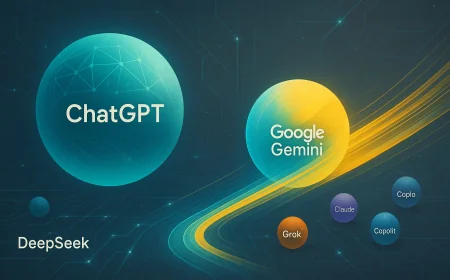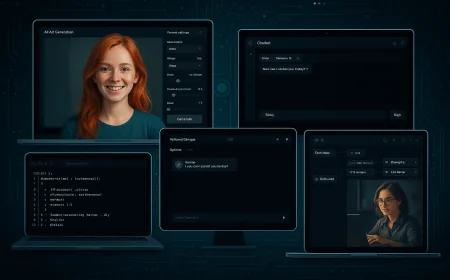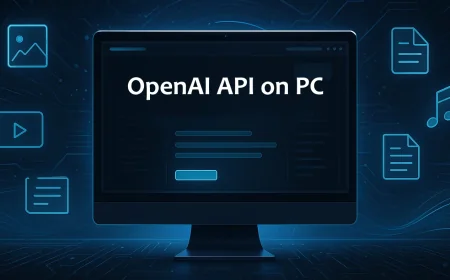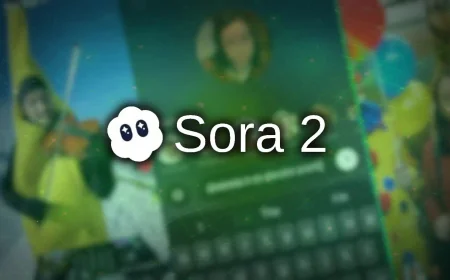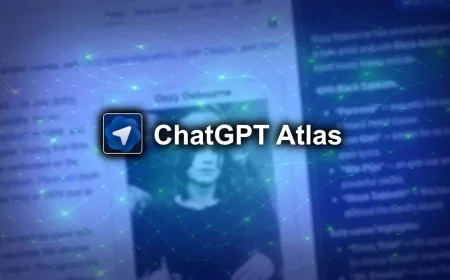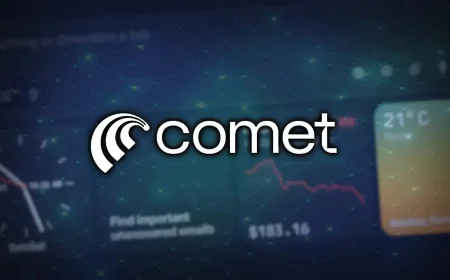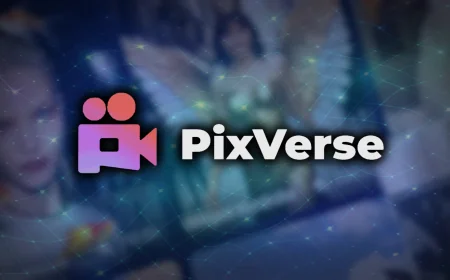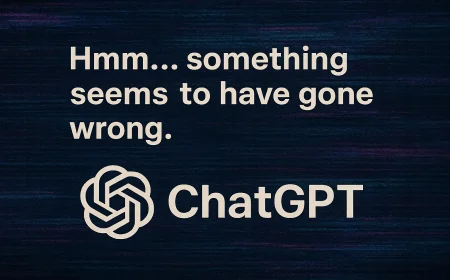Speak the Neural Network’s Language: A Practical Guide to Prompt Crafting
Learn how to ask ChatGPT and other AI tools the right way. Simple, effective prompt engineering tips that anyone can apply — no coding required.
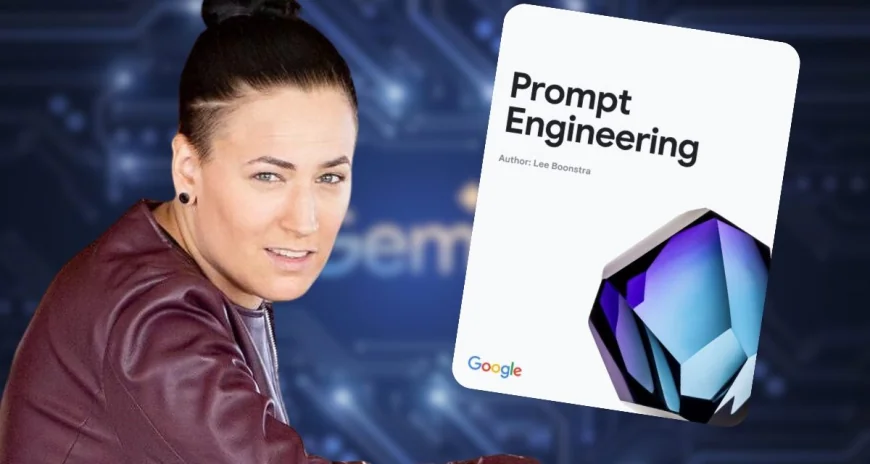
Many have already tried talking to neural networks like ChatGPT, Gemini, Claude, and others. And chances are, you’ve run into moments where the AI gave you something totally unexpected. So how can you be sure it understands you — and gives the most helpful answer?
Google, together with expert Lee Boonstra, recently released a free guide called “Prompt Engineering”. It explains how to craft effective prompts so the AI delivers exactly what you need.
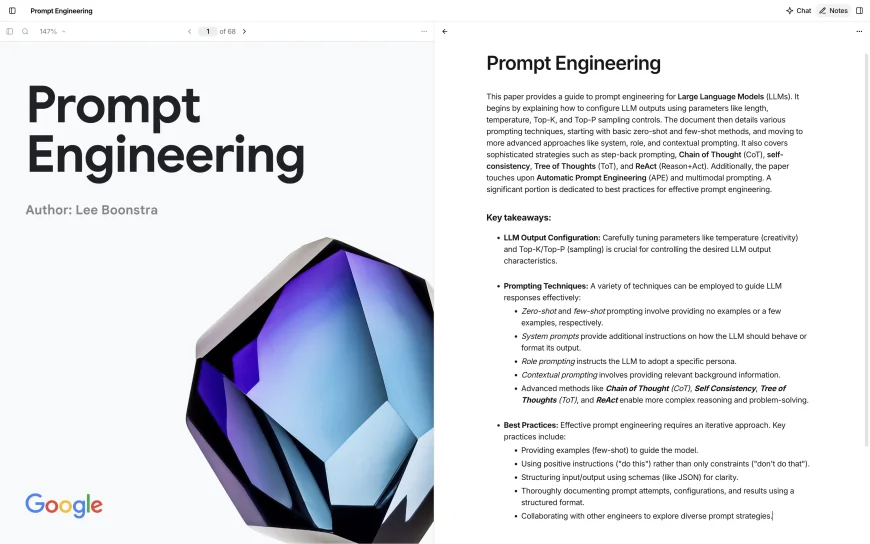
What Is Prompt Engineering in Simple Terms?
Prompt engineering is the skill of asking questions in a way that AI understands — giving clear, well-structured instructions. A good prompt works like a precise recipe: the clearer your description, the more accurate the result.
You don’t need to be a programmer or AI researcher to get it right — a few basic techniques go a long way.
Simple but Powerful Prompting Techniques:
The guide introduces several popular, beginner-friendly methods:
- Zero-shot prompting: Ask a question without examples. Great for clear, simple tasks.
- Few-shot prompting: Add a few examples to show what kind of output you want — it boosts accuracy.
- Role prompting: Ask the AI to respond as a character or expert (like a guide, doctor, or chef). Makes replies more vivid and engaging.
- Chain of Thought (CoT): Ask the model to explain its reasoning step by step — especially useful for logic problems.
- ReAct (Reason & Act): The AI not only answers but also takes action — like searching the web if needed.
Other Factors That Affect AI Responses
The guide also explains some technical settings that influence results:
- Temperature: Controls creativity. Higher values = more surprising responses, but sometimes less accuracy.
- Top-K and Top-P: Adjust how diverse or conservative the AI’s word choices are.
- Output length: Sets how long the reply should be — handy if you want something short and concise.
Practical Tips to Make Your Prompts Better:
- Use simple, clear language.
- Give specific, positive instructions (“do this” instead of “don’t do that”).
- Experiment — and save your best prompts.
Where to Get the Free Guide
The best part? Lee Boonstra’s guide is completely free. Google published it as a public resource, and anyone can download it (the link is below this post).
Mastering the art of talking to AI is like learning a new language — and one that might soon be essential.
Files
What's Your Reaction?
 Like
0
Like
0
 Dislike
0
Dislike
0
 Love
0
Love
0
 Funny
0
Funny
0
 Angry
0
Angry
0
 Sad
0
Sad
0
 Wow
0
Wow
0


